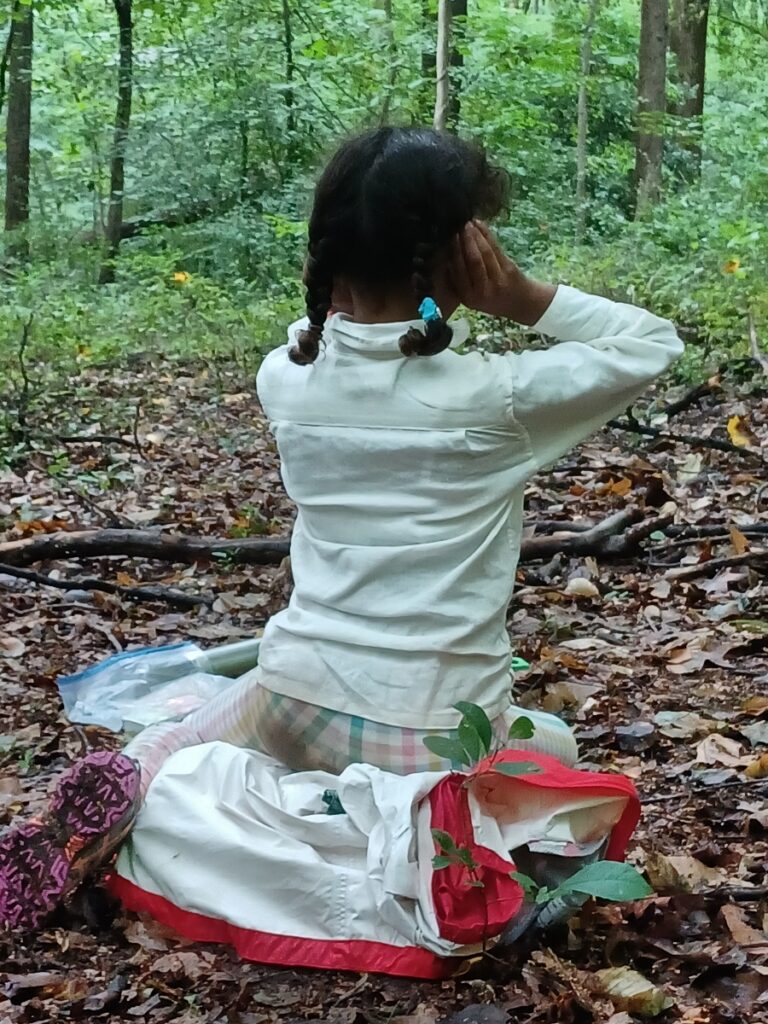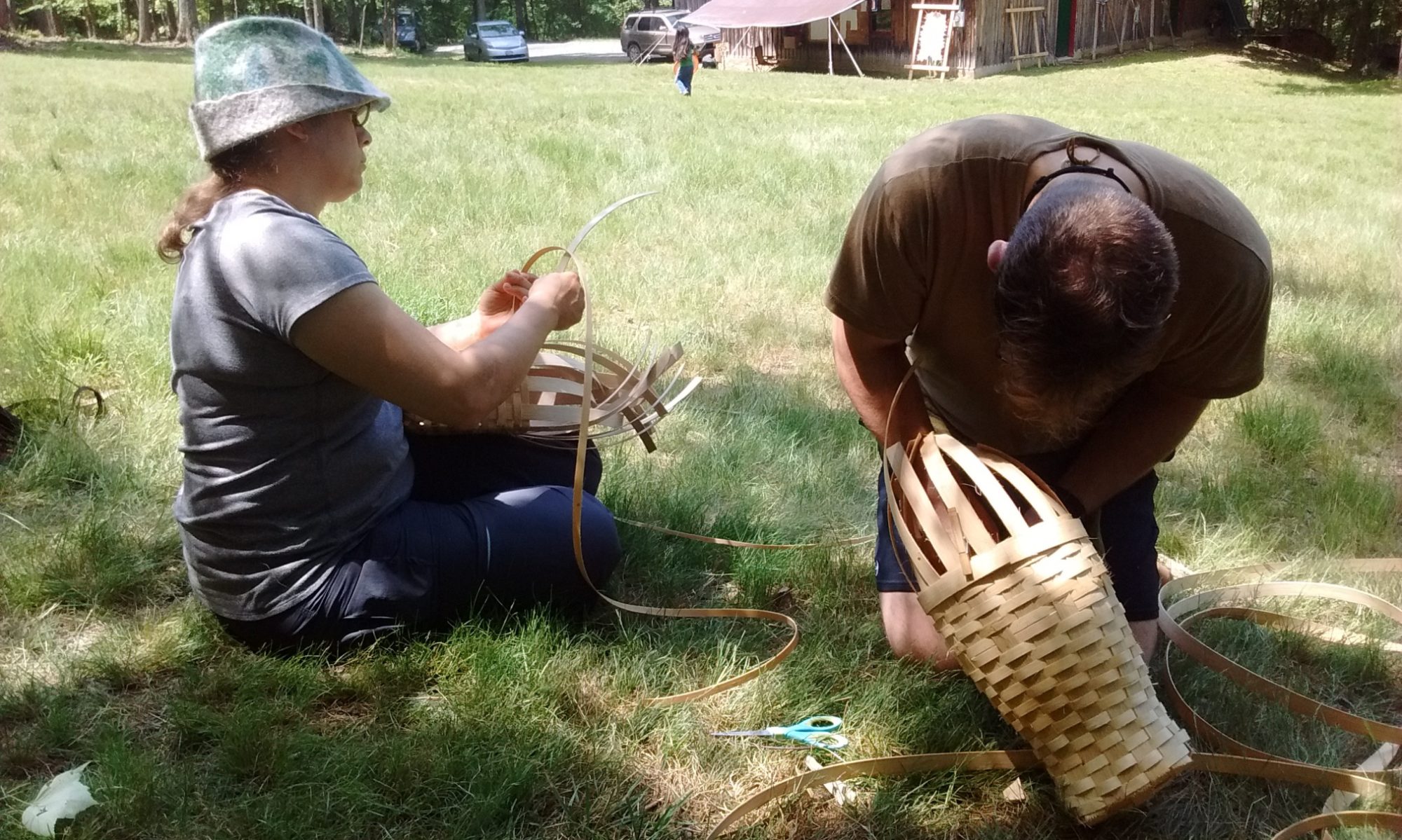What does the word awareness bring to mind for most people?
Maybe…Time management skills, a good sense of social etiquette, quick reaction time while driving?
The demands of our busy lives may give us a different idea of the “aware” human, but try to think of instinct, on more animal terms. In the forest, we have a chance to practice these skills away from the disruptions of other humans and the busy, modern world, and to carry them out into that world with us. Listening to the subtle cues in the language of the forest and creatures can help restore our sensitivity and perception.
How do most humans move through the city?
We tend to look straight ahead, our vision fixed on our destination, walking with firm and quick steps in sensation muffling , foot compressing shoes.
When moving through nature, we can learn to roll our foot in a way that minimizes sound when we walk, feeling every obstacle before we have a chance to break it, “fox walking” through the woods. This is done best barefoot, or in thin soled shoes/moccasins but can be achieved in almost any footwear. If you’d like to try, start barefoot. Walk with relaxed, slightly bent knees. Place the blade of your foot upon the earth first, and roll towards the center, your heal landing last. This allows you to adjust your movement if you feel something like a rock or stick that could snap. Some find a kind of walking meditation in this exercise, and with continued use, it may start to come naturally to you. There is more intention in this way of walking, you may find that it forces you to observe the present rather than dwell in your thoughts.
Where do we tend to focus our gaze when navigating the city?
Most people tend to look straight ahead, as previously stated. They may miss things above or below them. People who have a sense of hyper-awareness may use a form of wide angle vision already, watching others from the corner of their eye, when their guard is high. We can learn to open our vision, widening the boundaries of our sight, until we can watch all that is moving around us, versus one fixed point.
An exercise in “Wide Angle Vision”, or “Owl Eyes”:
Stand with your arms a bit wider than your body. Wiggle your fingers and stare straight ahead. Slowly bring your hands out as far as you can, until the motion of your fingers is on the very edge of your range of vision. Keep looking straight ahead while watching this motion. This can make it easier to slip into Wide Angle Vision, with practice.
How do we listen, vs the animals we observe?
Our ear dish is rather small, compared to a deer or a dog. You’ve probably seen these animals swivel their ears in order to pinpoint a sound. We can mimic this larger, more effective ear dish, with our hands. We can also create a more pinpointed sound, by swiveling our cupped hands, or turning them around, to listen behind us. We can open our ears to more, creating the dish with our hands for the sound to bounce off of, angling forward and back, as the deer do.
Think of the forest as a watery surface, each disruption you cause, through sound or movement, sends out a ripple that we call a concentric ring. This concentric ring consists of alarm calls from birds and squirrels, and warnings from fleeing creatures, warning of your presence, traveling through the area. When the ripples you cause have calmed, the forest has returned to “baseline”. These concentric rings create anywhere from a 20 minute to a 40 minute disruption in the baseline. We use Sit Spot as a tool to increase our awareness and practice this return to stillness. As we learn to walk silently, to listen and to see, we can sit in this quiet state for hours. We start to see things as they are, no longer only experiencing human disruption.
If you find the time, take a pause this week. Sit beneath a tree, open your deer ears, and let things be still.

By Eden Cornelius (Program Coordinator and Field Instructor)

